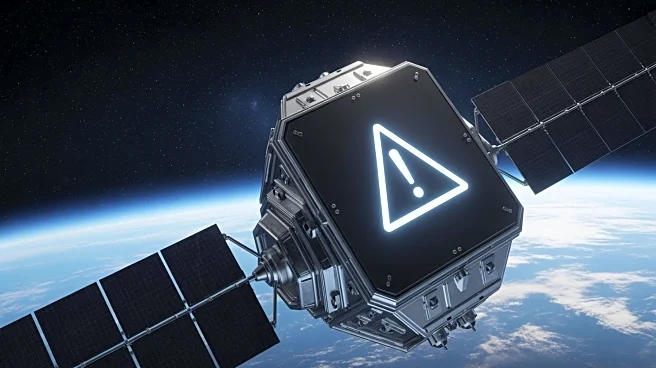What's Happening?
Comet 3I/Atlas, an interstellar object, is currently passing through the solar system and will reach its closest point to Earth on December 19, at a distance of approximately 270 million kilometers. Although it will not be visible to the naked eye, astronomers
can observe it using powerful telescopes to study its composition. The comet's trajectory can be tracked in real-time through various online platforms, such as The Sky Live and 3Iatlaslive, which provide continuous updates on its position and path. NASA's Eyes on the Solar System project also offers a simulator for real-time exploration of the comet's journey.
Why It's Important?
The passage of Comet 3I/Atlas presents a rare opportunity for scientists to study an interstellar object, which can provide valuable insights into the composition and behavior of celestial bodies originating outside our solar system. Understanding such objects can enhance our knowledge of the universe's formation and the materials present in other star systems. For the public and amateur astronomers, the availability of real-time tracking tools and simulations offers an engaging way to participate in astronomical observations and learn more about space phenomena.
What's Next?
As Comet 3I/Atlas continues its journey, astronomers will focus on gathering data to analyze its composition and trajectory. This information could contribute to broader research on interstellar objects and their potential impact on our understanding of the cosmos. The ongoing US government shutdown may affect some NASA operations, but the Eyes on the Solar System project remains accessible for public exploration. Future observations and studies will likely aim to compare 3I/Atlas with other known interstellar objects to identify common characteristics and differences.













